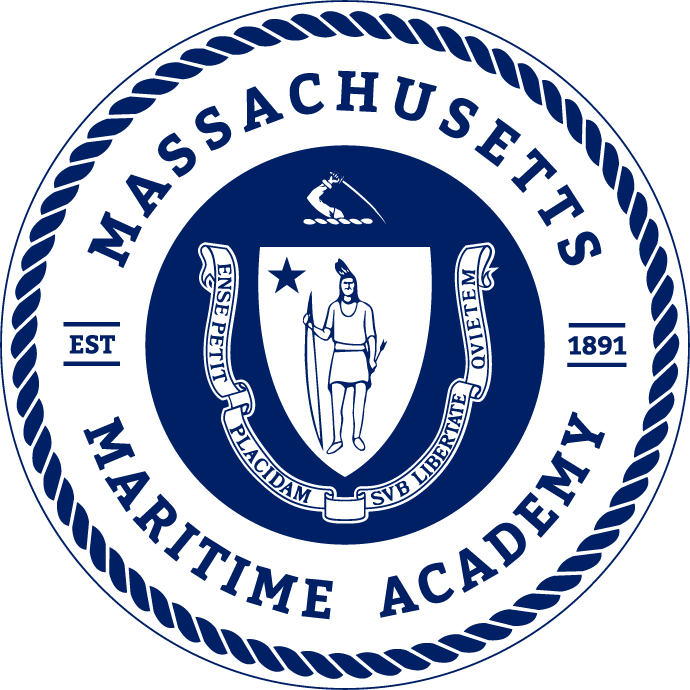Course Description
A study of the principles of industrial measurement and control with an emphasis on practical applications aboard ship and in industry. Methods of sensing, measuring and transmitting data from industrial processes; feedback, automatic control systems, closed loop systems, controllers, control modes, and control configurations. Mechanical, electronic, analog and digital control mechanism will be discussed, as will programmable logic controllers.
This course consists of three 1-hour classes a week for a semester and a comprehensive final exam.
STCW Objectives
Demonstrate knowledge and understanding of the following STCW elements:
- OICEW-A4.1 Basic construction and operation principles of automatic control systems
- OICEW-A5.1 Operational characteristics of control systems
- OICEW-B1.1 Basic configuration and operation principles of sequential control circuits and associated devices
- OICEW-B1.2 Flowchart for automatic and control systems
- OICEW-B1.2 Functions, characteristics and features of control systems for machinery items
- OICEW-B1.3 Associated system devices for process control
- OICEW-B1.3 Configuration and operation principles of control systems
- OICEW-B1.3 Proportional–Integral–Derivative (PID) control characteristics
- OICEW-B1.3 Various automatic control methodologies and characteristics
- OICEW-B2.5 Function and performance tests of electrical and electronic monitoring systems
- OICEW-B2.5 Function and performance tests of electrical and electronic automatic control devices
- OICEW-B2.5 Function and performance tests of electrical and electronic protective devices
Topics
-
Fundamentals of Automatic Control
- Automatic Controls Methods
- ON-OFF Control
- Sequential Control
- Proportional-Integral-Derivative (PID) Control
- Programmable Logic Control
- Sensors and Measurement
- Temperature
- Pressure
- Flow Rate
- Level
- Speed
- Flame Sensors
- Combustion Properties
- Explosive Gases
- Relative Humidity
- Salinity
- Dissolved Oxygen
- Transmitters and Control Signals
- Electrical
- Pneumatic
- Digital
- Controller Mechanisms
- Pneumatic
- Electrical
- Digital
- Final Control Elements
- Pneumatic Operators
- Servomotors
Other objectives
At the completion of the course, the student will
- Understand the purpose and operation of automatic control devices found aboard ship and in industry
- be familiar with the hardware and software used in industrial control
- be prepared to troubleshoot and repair basic control system faults
